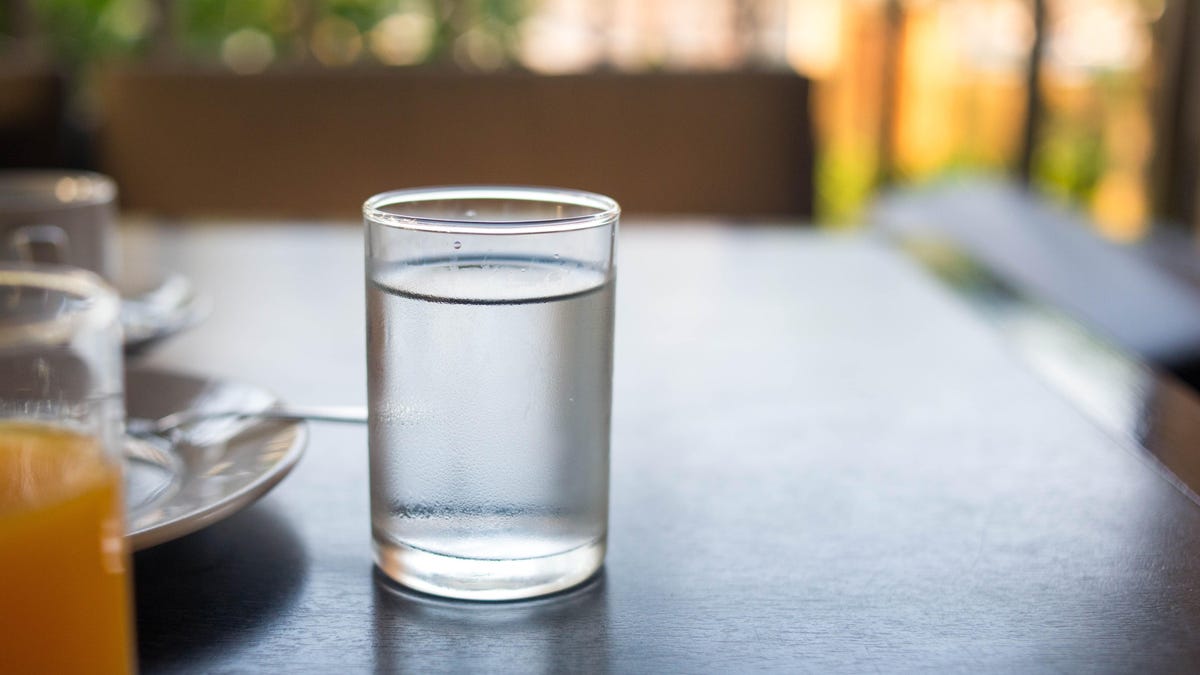Yes, Your Water Can Go Bad

We all know that food and drinks can go bad. Your fridge most likely has food in it right now that was once healthy food and is now…not healthy and no longer food. But one major component of our lives that may seem immune to such corruption is water . It’s a pretty fundamental compound, after all, and it contains nothing but a group of hydrogen and oxygen, so there doesn’t seem to be anything in there that other organisms can contaminate. When your leftover mint chutney goes bad, it makes sense, but the water seems so impervious that noticing an expiration date on a water bottle seems ridiculous. But this is not entirely wrong. Water doesn’t rot or spoil like many foods, but it definitely has an expiration date.
When tap water goes bad
Your faucet water has most likely been treated with chlorine, which helps protect it from microorganisms that could harm you. But this water will continuously react with carbon dioxide in the air, lowering the pH of the water , making it more acidic, which can make it taste funny. In addition, uncovered water will pick up dust and other substances from the air, which will make things worse. In the end, this process can even make you sick , although the water will have to stand for a very long time before it becomes dangerous, not just disgusting.
At the same time, the added chlorine releases gases and is washed out, making the water more attractive to organisms. The bottom line is that a glass of tap water left overnight might taste weird, but it’s probably safe to drink from a health standpoint. But water that stands for a very long time should probably be avoided, especially if there are clear signs that some creatures are living in it.
As far as stored water is concerned, tap water can generally be stored for about six months if it is in food containers that have been sanitized. After that, the chlorine treatment will no longer be effective, and even trace amounts of rubbish may begin to grow there. This includes filtered water. This filter may be great at removing harmful substances from tap water, but the moment the water interacts with the atmosphere, all of these processes are set in motion, ultimately resulting in a glass of water that is at best unpleasant, and potentially nauseating. at worst.
When bottled water goes bad
Commercially bottled water lasts longer than open water, but eventually spoils . Bottled water is clean and the plastic (mostly) prevents micro-organisms from getting in there, but the problem lies in the plastic itself. Plastic is not completely impervious , so the water will react very slowly with the air on the outside of the bottle, evaporating and providing a small, but not zero, chance of contamination. More importantly, chemicals from plastic can slowly seep into water , a process accelerated by exposure to heat and the sun. These chemicals can be dangerous in large amounts, but probably not enough in an old water bottle to harm you, but it will hurt the taste. This is why old bottled water sometimes has such a “plastic” taste.
The rule of thumb for bottled water is that it can be used for about two years if it is closed and stored in a cool, shady place. Once that bottle is opened, the clock speeds up because you are part of the equation. The moment your lips or fingers (or any other part of your body) touch a container of water, you introduce microorganisms into it. They can grow and thrive over time, which makes using the same nasty glass on your nightstand, or reusing a water bottle without cleaning it, a surefire way to end up with disgusting, disgusting water and possible illness. And if you leave bottled water open and exposed to the air, it will be attacked by the same degenerative process that spoils tap water.
The natural state of the universe is entropy, and this includes seemingly innocent water. It will take a long time, but like everything in this world, the glass of water on the nightstand will spoil sooner or later.